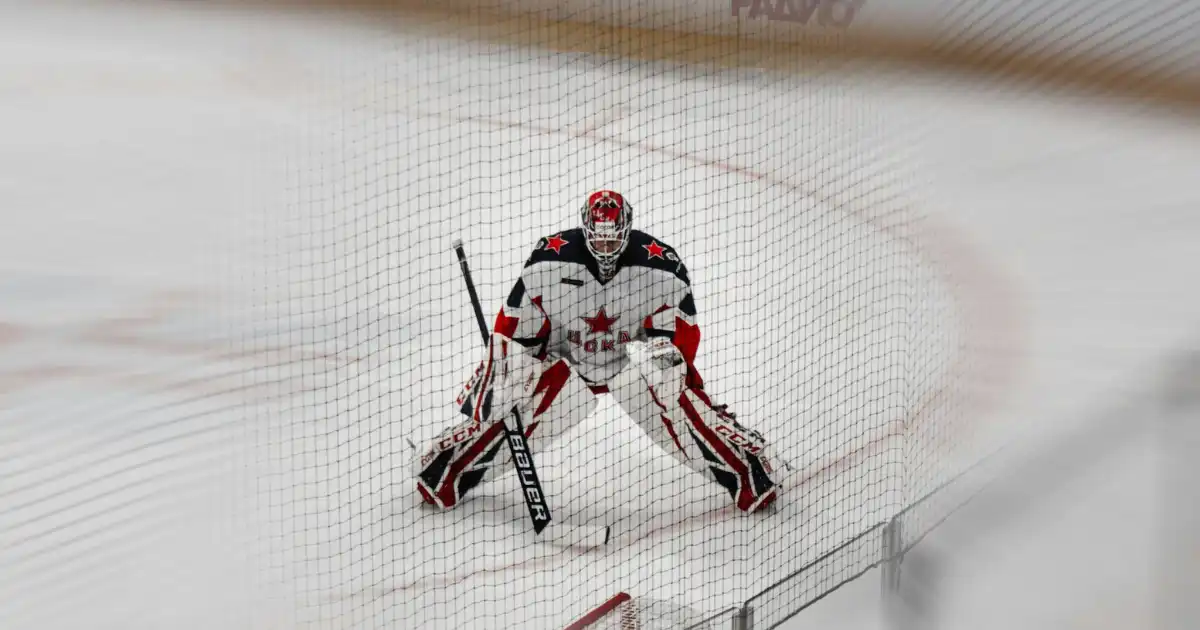In today’s fast-paced hockey environment, the role of the goalie has evolved well beyond the crease. While stopping pucks is still their top priority, the modern netminder is expected to contribute to transitions, support defensive zone breakouts, and maintain control when under pressure. One skillset that’s increasingly gaining attention? Stickhandling and passing behind the net.
Welcome to the world of Goalie Vision — where handling the puck with precision and purpose behind the net helps dictate the pace of play. A goalie with solid stickhandling and passing skills doesn’t just react — they initiate, direct, and support.
The Goalie as a Play Initiator
For decades, goaltenders focused on positioning, rebound control, and save percentages. But with the evolution of strategies, coaches now expect goaltenders to be active participants in managing forechecks and turning possession into opportunity. Goalies like Martin Brodeur laid the groundwork by using smart puck movement to relieve pressure and create breakout chances. In today’s game, goalies such as Igor Shesterkin and Juuse Saros have refined this aspect, becoming essential in moving the puck efficiently from behind the net.
Playing the puck behind the net requires poise, awareness, and crisp execution. A goalie needs more than just fast reflexes; they must also develop ice vision, read opposing forecheckers, and make intelligent decisions that support their defensemen.
Reading the Ice and Managing Forechecks
One of the most crucial elements of stickhandling behind the net is reading the incoming forecheck. The goalie must assess which opposing players are bearing down, the angle of approach, and which outlets are available.
A calm and observant goalie can turn a pressure situation into a clean zone exit. Recognizing when to settle the puck for a defenseman versus when to dish a quick pass to the corner or far-side boards can relieve pressure and maintain possession. It’s all about understanding the rhythm of the incoming attackers and making decisions in real-time.
Having vision behind the net also includes knowing your teammates’ tendencies. A strong communication line between the goalie and defense — through verbal cues or stick taps — helps avoid collisions and misplays.
Stickhandling Mechanics for Goalies
While flashy dekes aren’t necessary, the ability to control the puck cleanly with your stick is essential. Good stickhandling doesn’t mean trying to outmaneuver opponents with finesse, but it does mean having confident, controlled movement that allows you to protect and distribute the puck.
Effective goalie stickhandling involves:
• Proper Grip and Stance: Use a stable, wide stance while keeping your hands in a relaxed but firm grip. This posture helps absorb contact and balance while moving the puck.
• Short, Controlled Movements: Instead of long sweeping motions, use compact stickhandling touches that allow for faster adjustments.
• Head Up, Eyes Scanning: Keeping your head up while stickhandling is crucial. You need to see where your teammates and opponents are positioned at all times.
Practicing stickhandling with different puck weights and surfaces off-ice can greatly enhance muscle memory and confidence during game situations.
Passing with Purpose
Once a goalie has settled the puck, the next step is distribution. Strong passing skills reduce turnover risks and help your team maintain puck control.
Here’s what every goalie should focus on when passing from behind the net:
• Quick Decision-Making: Delay too long, and the forecheck will collapse on you. Make your read early and commit with confidence.
• Target Accuracy: Whether it’s a short pass to the corner or a longer rim around the boards, aim for your teammate’s stick blade, not just general space.
• Use the Boards Smartly: A goalie can use indirect passes off the boards to hit a teammate or clear the puck safely when lanes are cut off.
A sharp pass from a goalie can disrupt an opponent’s offensive momentum and spring your team forward.
Training Drills for Goalie Vision
To sharpen these skills, consistent training is a must. Here are three drills to build your puckhandling and passing from behind the net:
1. Behind-the-Net Retrieval:
Have a coach or teammate dump the puck in. Retrieve it behind the net and make a quick decision — pass to the corner, stop it for your D, or clear the puck around the boards.
2. Moving Cone Course:
Set up a few cones behind the net. Stickhandle through them while keeping your head up. Add pressure by having someone simulate a forechecker closing in.
3. Breakout Simulations:
Recreate breakout scenarios with defensemen. Practice passing to a moving target under simulated forecheck pressure.
These drills help develop composure and increase your range of passing options.
Why Behind-the-Net Vision Matters
The moments behind the net can define the flow of a shift. A well-timed pass can set up an odd-man rush. A calm handle under pressure can neutralize a dump-and-chase. A goalie who owns this area of the ice becomes a dependable extension of the defense.
This doesn’t just support your team — it builds trust. Coaches gain confidence in their goalie’s puckhandling, and teammates know they have a reliable outlet when under pressure.
It’s not about flash. It’s about utility, awareness, and smart execution — all driven by preparation, practice, and the right tools.
Final Thoughts
Stickhandling and passing behind the net might not make the nightly highlight reels, but for the well-rounded goalie, they’re indispensable. These skills demand confidence, vision, and patience — all built through hard work and dependable gear.
At ABHS, we believe that every goalie deserves equipment that supports their full impact on the ice. From making the save to making the play, we’ve got your back.
Own your space. Control the pace. And play with purpose.
#GoalieVision #ControlTheCrease #ABHSPower #SmartPuckPlay #StickhandlingStrong #HockeyIQ #NetminderSkills

